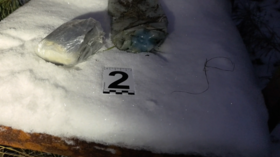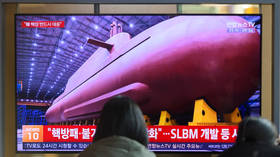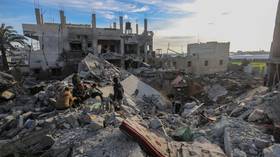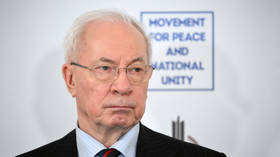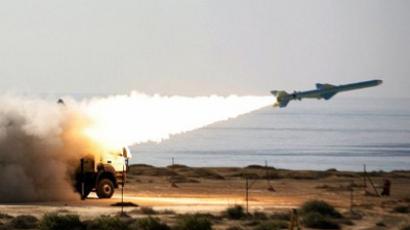Nuclear infowar: New ‘evidence’ of Iran’s nuclear ambitions
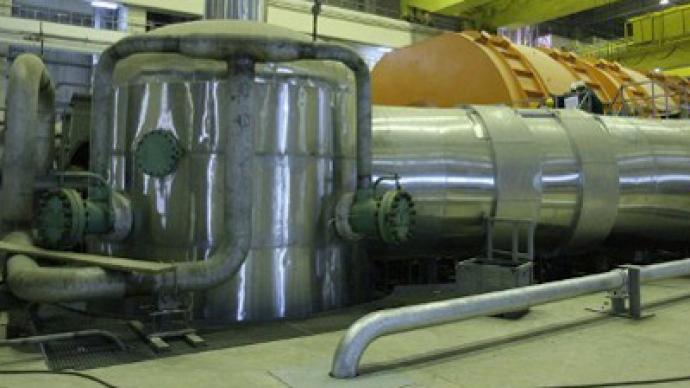
As Tehran finally makes efforts to rehabilitate its nuclear program with the West, a new piece of counter-evidence emerges: a CGI picture of an allegedly Iranian nuclear blast chamber. The timing is just right, as Vienna talks have started on Monday.
The image, which shows a white cylinder with a yellow pipe sticking out of it inside a hangar-like building, was provided to the Associated Press purportedly by an anonymous official from an IAEA country that tracks Iran’s nuclear program. The official noted that the picture was based on information from someone who had visited the Parchin military site suspected of harboring the chamber, but said giving further information would endanger the life of that person. Olli Heinonen, the former IAEA deputy director in charge of the Iranian case, said he believed the drawing to be accurate, saying it was very similar to a photo he had recently seen. Heinonen also declined to name the origin of that photo to protect his sources. The computer-generated revelation of murky origins comes just a day before IAEA and Iranian officials meet in Vienna for a two-day talks. Immediately prior to the talks in Vienna, deputy director general of the IAEA Herman Nackaerts told reporters that “clarification of the possible military dimensions remains our priority”, and that it is important that Iran “lets us have access to people, documents, information and sites."This means the IAEA demands from Iran full access to the Parchin military site to examine the chamber in order to determine whether Iran is hiding an explosives containment tank, used for nuclear arms-related tests.
The IAEA has suspected the Parchin military site of lodging the explosives chamber since last November, saying it had satellite imagery to confirm the suspicions. IAEA chief Yukiya Amano also said in March that Iran was engaged in activities “relevant to the development of nuclear explosives devices” at the site. Iran denied conducting nuclear arms tests, but did not comment on whether it possessed the explosives containment cylinder.
The Parchin military complex is located 19 miles (30 kilometers) outside Iran’s capital Tehran. Although the Nuclear Non-Proliferation Treaty does not require Iran to let observers onto its military bases, it nevertheless allowed partial access to the Parchin site for IAEA inspectors in 2005. Since then, the IAEA has continued to call for unhindered access to the site. This March, Iran agreed to allow the IAEA onto the site again, though it did state the specific date of a future possible visit. IAEA officials believe the blast chamber used for nuclear tests was developed by Azar AB Industries Co. in the city of Arak, and was later transported to Parchin.
Satellite imagery has also fueled suspicions that Iran tried to conduct a clean-up operation in the building believed to harbor the cylinder. Photos taken by the Institute for Science and International Security (ISIS) in April showed a stream of water flowing out of the construction site, and objects lined up next to it. The five permanent members of the United Nations Security Council plus Germany are also gearing up for talks with Iran to be held on May 23 in Baghdad. The United States, the EU, Israel, and some other countries have been adamant that Iran cease its nuclear program, which some believe to be geared towards belligerent purposes. Iran has maintained that its program is strictly for peaceful ends. Saeed Jalili, Iran’s top nuclear negotiator, said it was up to Western nations “to build the trust of the Iranian nation” during the Baghdad talks."The era of a pressure strategy is ended," he was quoted by Iranian state television as saying "Any strategic miscalculations would endanger success at the Baghdad negotiations."


